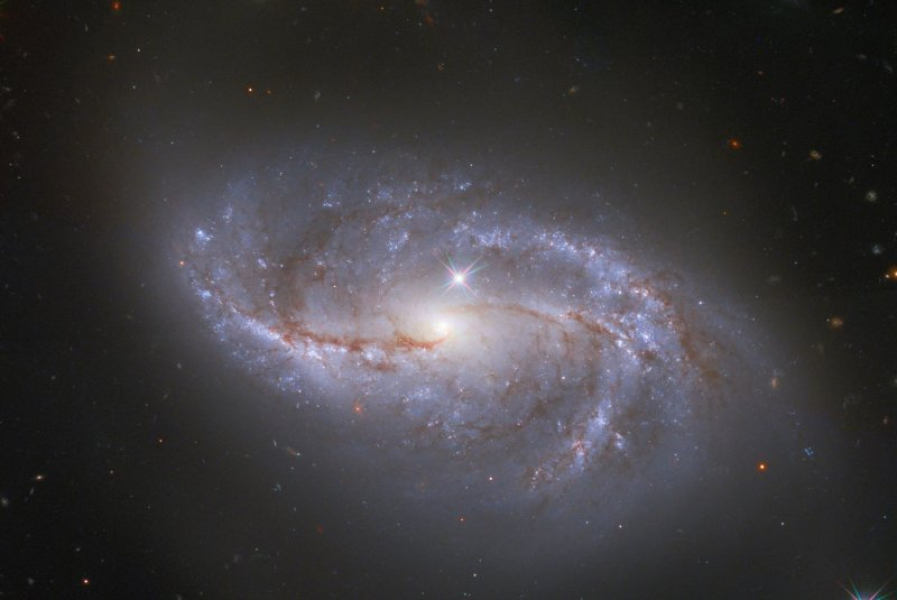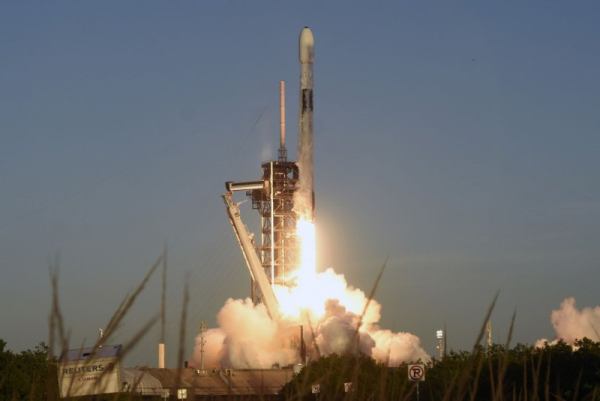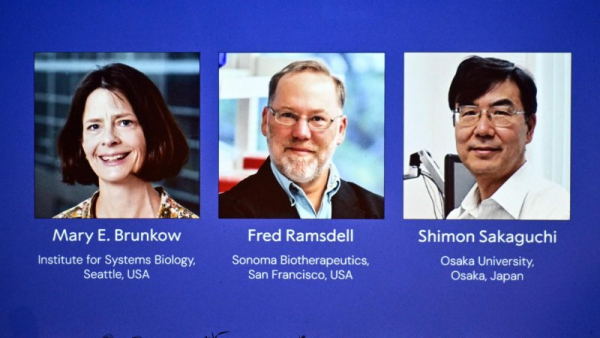
New evidence based on the remnants of the Big Bang suggests that Earth and its galaxy are located inside a cosmic void.
A study presented at the Royal Astronomical Society's National Astronomy Meeting on Wednesday found that data from the sounds of the Big Bang, known as “baryonic acoustic oscillations”, suggest the Milky Way galaxy is located in a region of lower density than average.
The 2 billion light-year region, which scientists have dubbed the “Hubble Bubble,” has a density 20% lower than the average density of matter in the universe.
If these findings are confirmed, they could help resolve a problem known as the “Hubble tension” that arises from conflicting measurements of the expansion of the universe, and could also shed light on its true age.
The first dimension is based on small changes in the cosmic microwave background light, which is a “cosmic fossil” of the first light that appeared in the Universe 380,000 years after the Big Bang, while the second dimension is related to the distances between Type Ia supernovae, or variable stars, and their host galaxies.
The first method showed that the Universe is expanding at a speed of 67 kilometers per second per megaparsec, while the second method revealed a higher speed of 73.2 kilometers per second per megaparsec.
However, the study argues that if the Milky Way is in a “Hubble bubble,” it will expand faster than the denser space.
“A possible explanation for this phenomenon is that our galaxy is close to the center of a large local void,” said lead author Indranil Banik. “This would cause matter to be gravitationally pulled toward the denser outer part of the void, making it increasingly empty over time.”
He added that this would result in local expansion within the void occurring faster than in denser, more distant regions of space.
The local void theory suggests that the Earth must be located somewhere in the center of a rarefied “Hubble bubble.”
Banik and his team used the sounds of the Big Bang to confirm previous studies from the 1990s that found fewer galaxies in the local Universe than previously thought.
“These sound waves existed for only a short period before freezing in place once the universe had cooled enough for neutral atoms to form,” Banik explained. “They serve as a ruler whose angular size we can use to map the expansion history of the cosmos.”
Researchers have found that the probability that we are in a cosmic void is 100 times higher than in a region of average density.
The next step for Banik and his team will be to compare their void model with other models to reconstruct the expansion history of the universe. They will also explore possible adjustments to the standard model of cosmology.
Sourse: www.upi.com





